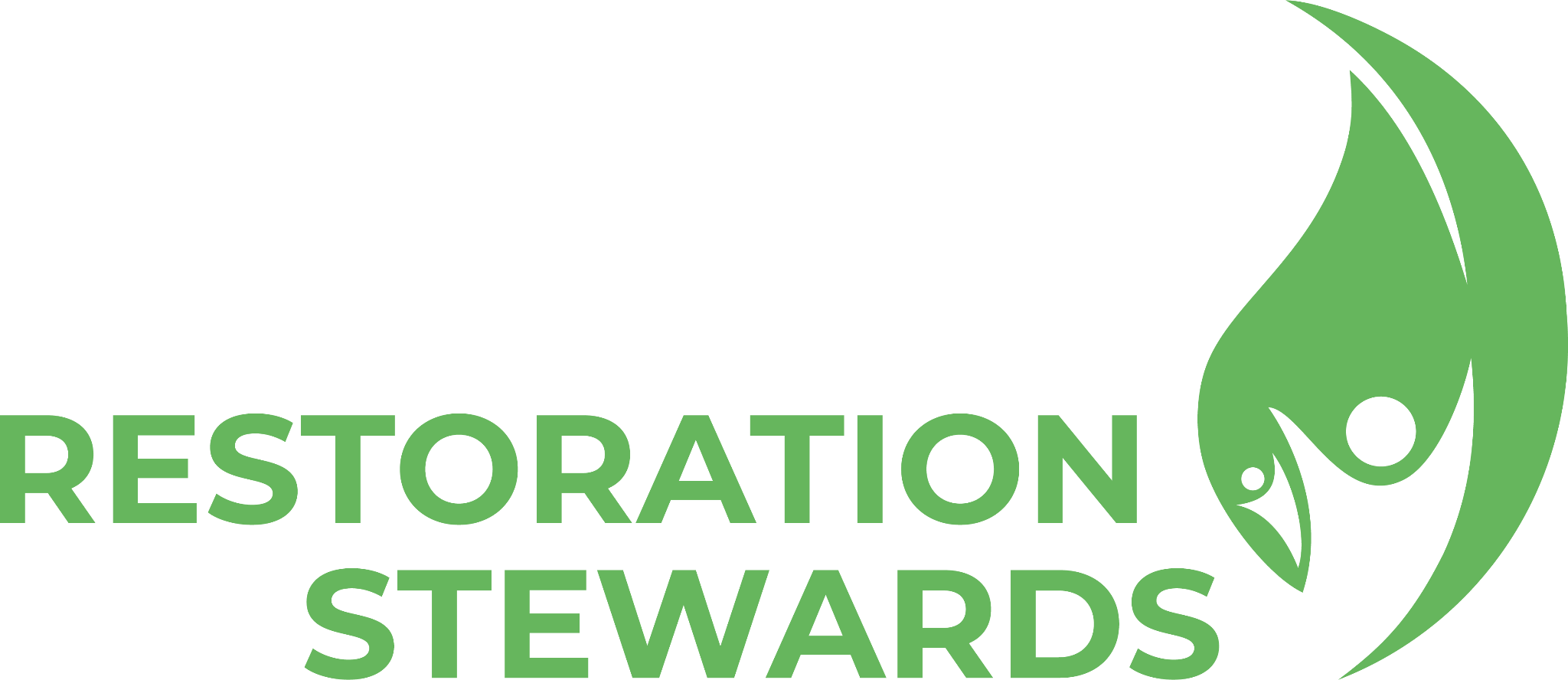Mangrove restoration work with Salay communities
The Oceanus pillars for restoration work are as follows:
1) Biophysical assessment
2) Community participation
3) Institutional support from the Local Government Unit of Salay
We believe these are the essential components for meaningful restoration work. After months of assessment, discussion, and agreement with the local government of Salay, we were able to purchase 1,500 seedlings and create a mangrove seedling nursery in Misamis Oriental. We planted 550 seedlings in the months of September to November 2021. The communities of Looc and Casulog, which are part of the Municipality of Salay, helped in planting Avicennia species in their areas, and will also monitor the survival of the mangroves. Avicennia and Sonneratia are the pioneering species for mangrove ecosystems, however the latter is not found in this area, so we chose to use the species that is native here.





The team used three planting methods – traditional planting, clustering, and bamboo encasement – to test the growth and survival rate for each approach. Traditional planting, the most common method used nationwide, involves planting the seedlings directly into the soil. The cluster method was recommended by mangrove scientist Jurgenne Primavera for planting in seaward sites. The bamboo encasement method is an adaptation from the Riley encased methodology (REM), but instead of using the PVC pipes recommended in that approach – which can be washed away and cause marine debris – we used bamboo cuttings, which are easily acquired in the area.
With the help of The Oceancy, as well as corporate and individual donors, we were also able to purchase mangrove seedlings from the people’s organization of another municipality, and set up a nursery in the village of Looc.
As we continue our restoration work in collaboration with the Salay Mangrove Organization, we hope to plant 1,000 Avicennia seedlings by the end of this year, and 500 more seedlings for next year. Our goal is to help replant 20,000 seedlings next year across our sites – not only in Salay, but also in abandoned fishpond sites in La Union and Cagwait.


If you would like to donate and support us, please head on over to our donation page.


